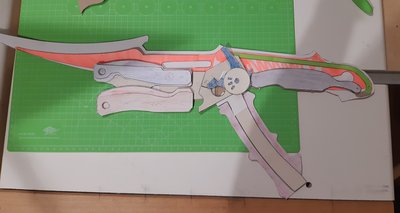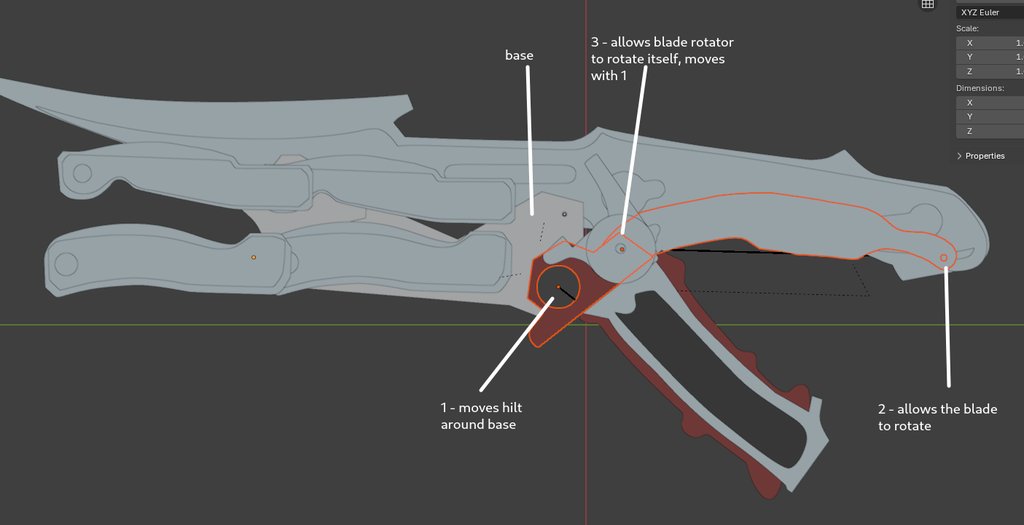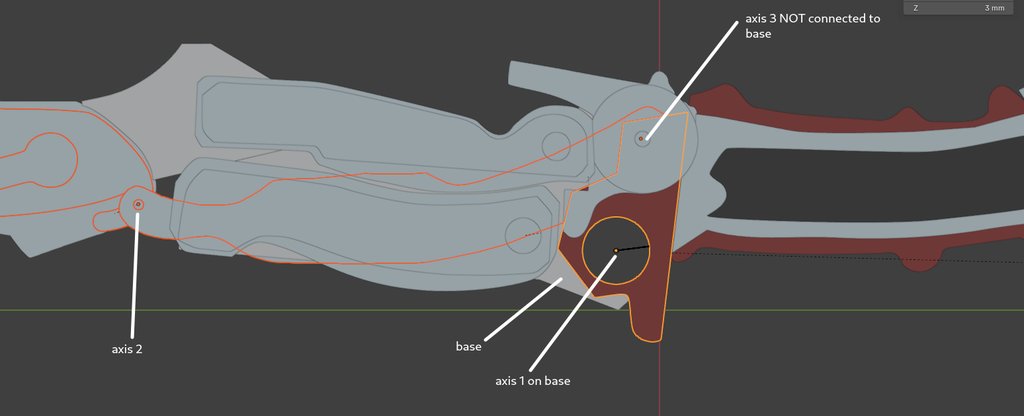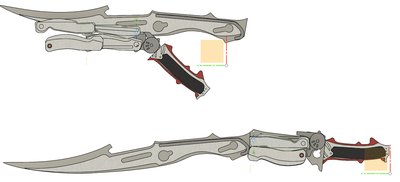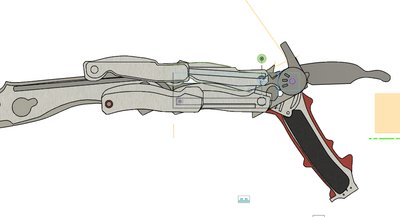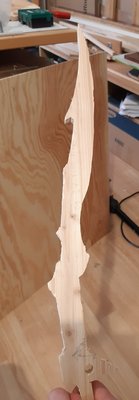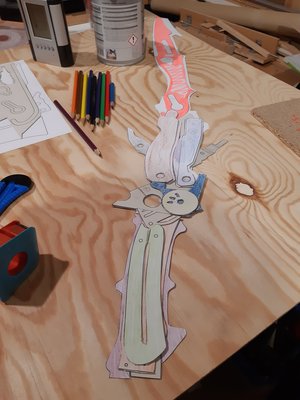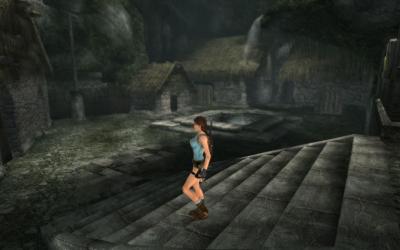I finished Devil May Cry 5. For the first five missions, I couldn't really get into it, playing one mission an evening probably over weeks or months - which is a long time to spread a couple missions of a game you can easily finish in a week. Then I randomly got motivated on a train and finally got the hang of it. I finished the remaining 15 missions in a little over two weeks, and now I know why I didn't get into it before.
Devil May Cry games always used to be linear, mostly about kicking demons' asses with very cool weapons and gradually mastering the skills you have, becoming better and better at the game until you look like a total badass.
DMC5 is too short for that - or too full of features. It has three playable characters in the first normal playthrough which have totally different playstyles, most levels are playable with one character only and all of them constantly receive new skills. I didn't have fun the first hours because I just didn't understand what I was supposed to do, but at the same time, the game was pretty easy and neither forced nor motivated me to repeat levels for practice.
After about a third, it switches to playing most levels as Dante or letting you chose Dante, so I focused on him and from then, it was pretty fun. It helped that his mechanics are still similar to the older games. I didn't master any of the skills, after all, he can control four close range and four distance weapons, but I did manage to finish some combat encounters without taking damage and using some pretty cool combos.
You can always replay levels and I could also go back and replay the entire game on a different difficulty and master some of the weapons, but apart from looking cool, there's barely any reason to do that. The levels are the most linear I have ever played. There is a single section where you have to essentially push three switches that are found in a linear section of the level and there is an alternative entrance to that section, changing the order in which you press the switches (which makes no difference). That's still 100% linear but Dante even comments on that as it deviates from the zero choice design: "Haven't used my brain this much in a long time".
However, for those who would like to spend more time with the game, there's plenty to discover. There are Nico's reports on enemies, characters, weapons etc that are fun to read and even telling you helpful things about enemies. (She's the mobile weapon merchant. I really liked Nico as a new character in general. I recommend always calling her when possible just to see yet another cut scene of her crashing the bus through an insane amount of rock and demon mush.)
There's levels you can play as a different character. You can unlock an additional character, and the game's ending unlocks additional abilities (which are related to story spoilers, so I won't tell). The game also has the usual rating for each level so if you work on your skill, you will get feedback. There's also "The Void" where you can practice with dummy enemies so you don't have to go into levels.
I really don't want to say this is not a good game, so while I think it would have been as good with a little less overwhelming features and better with a little slower pace and a bit more levels, here's some more things I liked.
The soundtrack is really good. I turned everything down except the music so I could listen to the music pretty loud. There's a great Beat Saber map for one of the main tunes, "Devil Trigger", that I play regularly. In total, there's 136 songs, almost 5 hours, available on streaming services.
The game also looks great. I honestly never thought much about DMC's graphics since the gameplay was most important but in this entry, I noticed without actively paying attention. The effects are cool, the environmental design is great and the characters look really good. I am one of those people who always watch the credits and I noticed Madeleine Jenkins listed as the costume designer. She works mostly in theatre and for TV shows but it turns out, she made all the costumes for the characters as real costumes and then scanned them. Damn. I wanna wear them now. In Nico's character reports, you can zoom in on all characters and rotate them freely, so for everyone interested in cosplaying one of them, that's great.
And then I'd like to point out again that the gameplay is actually fun once you get the hang of it. It is unusually diverse and you can switch things up a LOT, much more than needed for the highest (SSS) style rank, but the developers did a good job of making all the skills unique and fun, be it swords, guns, absurd hats or the magic-like devil arms. I just had a little bit of a hard time enjoying the mostly auto-combat of V but his companions kinda made up for that with their snarky comments. Those comments of course match the game perfectly, since DMC5 retains the same humour the previous games used, reaching from dialogues over cut scenes to the selection of ridiculous weapons.
According to Steam I finished this game in 19 hours and that were probably 15 fun hours. The game runs great on Steam Deck and of course it plays great with a gamepad, as always. I don't know if there will be a Devil May Cry 6 but I'll play it if it comes.
--
You can receive new blog posts using a feed reader and my Atom feed. If you want to talk to me, you can do so in the Fediverse. I am on Mastodon and Pixelfed. You can also write an e-mail to blog [at] konzertheld.de.
